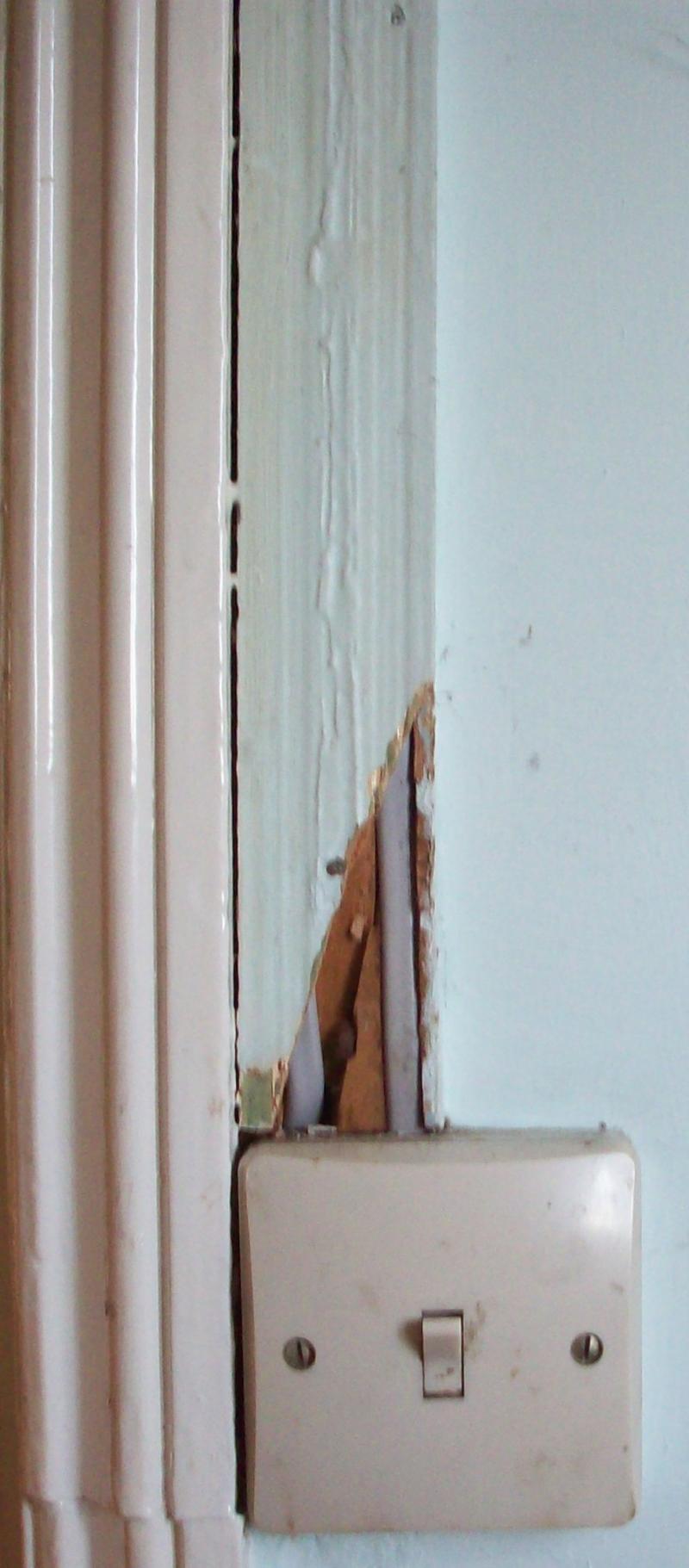We often see advice here to people who want to remove accessories from defunct circuits when they cannot remove the cable(s) to disconnect the cables at source.
There does not appear to be an exemption in 522.6.101 - 103 for cables which are not disconnected.
[RINGS BELL]
Discuss.
[/AND RUNS AWAY]
There does not appear to be an exemption in 522.6.101 - 103 for cables which are not disconnected.
[RINGS BELL]
Discuss.
[/AND RUNS AWAY]




